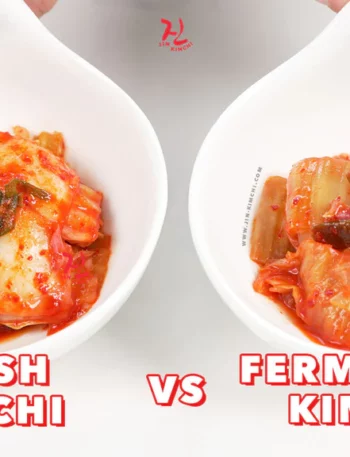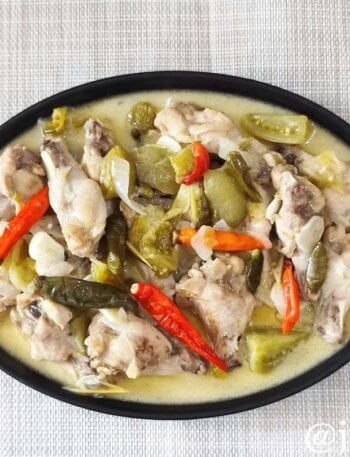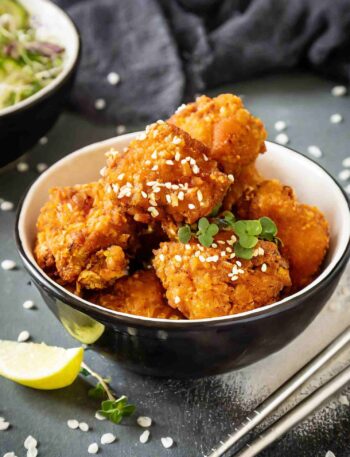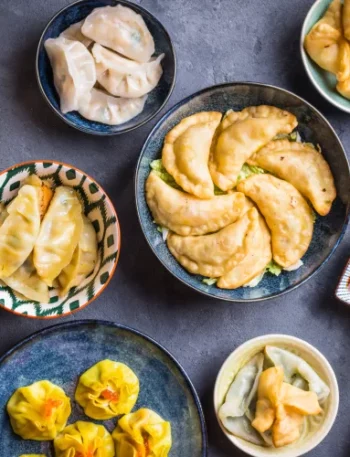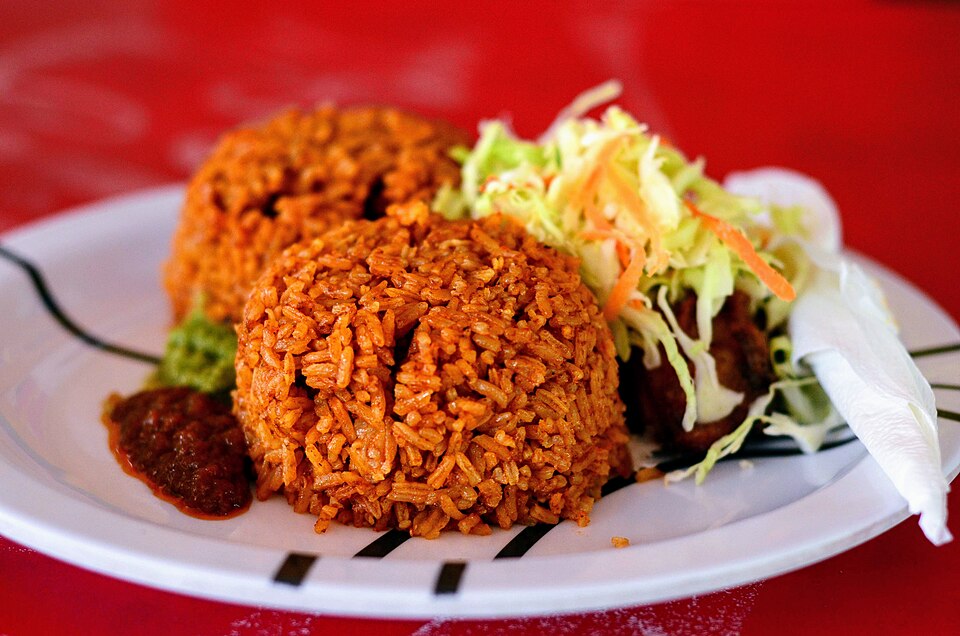
Jollof doesn’t knock. It kicks the door in, plants itself dead-center on your plate, and dares anything else to compete. You don’t get served Jollof rice—you get summoned.
Red, fiery, and cooked down with a vengeance, this isn’t some dainty side dish. This is war food. Kingdoms have risen on it. Weddings have been judged by it.
And if you think that’s a stretch, you’ve clearly never watched two aunties throw down at a naming ceremony over whose pot “tasted more like home.”
This isn’t just rice. It’s rep, legacy, and defiance spooned into one flaming-hot heap. Because in West Africa, Jollof isn’t about sustenance—it’s a statement.
A cultural flex. A culinary mic drop.
The irony? It all started with a little colonial chaos. Portuguese traders dumped tomatoes across the coastlines like party confetti, and suddenly West Africans took this alien red fruit and turned it into a regional power play.
Tomatoes, onions, scotch bonnets—stewed like secrets passed down through bloodlines. Senegal threw the first pitch with Thieboudienne. Nigeria and Ghana? Well, let’s just say that beef hasn’t cooled in decades.
But look deeper, and the Jollof wars aren’t just about who seasons better. They’re about sovereignty. About identity that doesn’t bend for foreign forks.
You think it’s just a recipe? It’s a resistance wrapped in foil. It’s an edible reminder that West Africans didn’t just survive colonization—they flavored it, flambéed it, and served it back with swagger.
Pull up to any West African event and you’ll find the Jollof table glowing like a VIP section. No shade to the egusi or the waakye—but when that red rice hits the air? People adjust their waistbands. The DJs pause the track.
The real ones know: the rice just dropped. And God help you if your aunt cooked the bland pot. That’s exile-worthy.
What makes it powerful isn’t just the taste—it’s what it represents. No matter where West Africans go, Jollof follows like a loyal soldier. From London flats to Houston backyards, it rolls deep in aluminum trays, bold and unbothered. It doesn’t dilute. It doesn’t ask for permission. It just is.
In a world hellbent on reducing Africa to headlines and pity narratives, Jollof screams back with spice and heat. It’s not here to beg for approval or soften for palates. It’s not trying to be pan-African cuisine for Whole Foods.
It’s ancestral. It’s street. It’s five-hour kitchen marathons and whispered spice ratios. It’s aunties cursing in three languages because you stirred at the wrong time.
And let’s not get it twisted—Jollof rice becoming this big wasn’t accidental. It slid into diaspora kitchens and made itself impossible to ignore.
Nigerian parties in New York? Ghanaian weddings in Toronto? Someone’s always guarding the Jollof like it’s the Hope Diamond. People get real territorial. Because whoever controls the Jollof, controls the narrative.
As one West African proverb goes: “When the stew is rich, the rice dances.” And Jollof? Baby, it’s been dancing for centuries.
So yeah, maybe it’s “just food.” But in West Africa, it’s also a compass. A battle cry. A damn good reason to call your grandma. Because when everything else gets stripped away—borders, currencies, presidents on their third term—the one thing that still draws a line in the sand?
That pot of red-hot, smoky rice.
Best believe—it’s more than a meal. It’s a movement.



